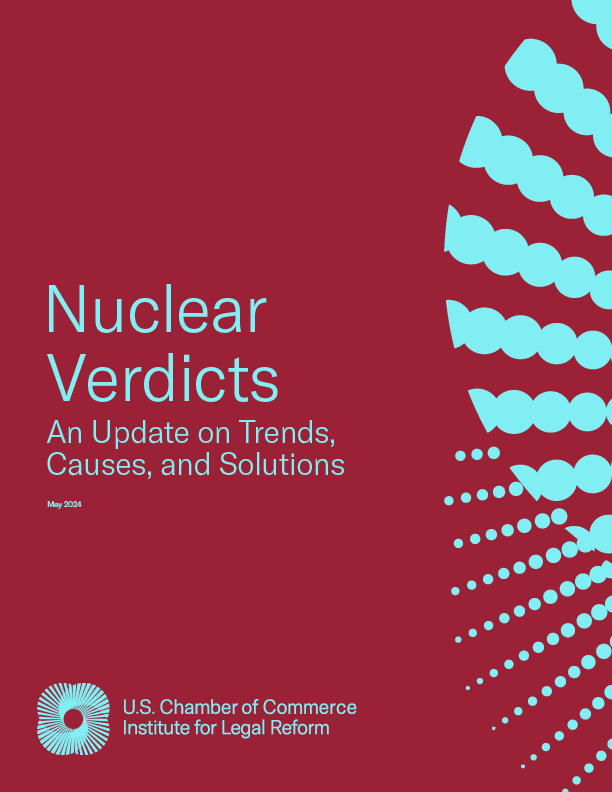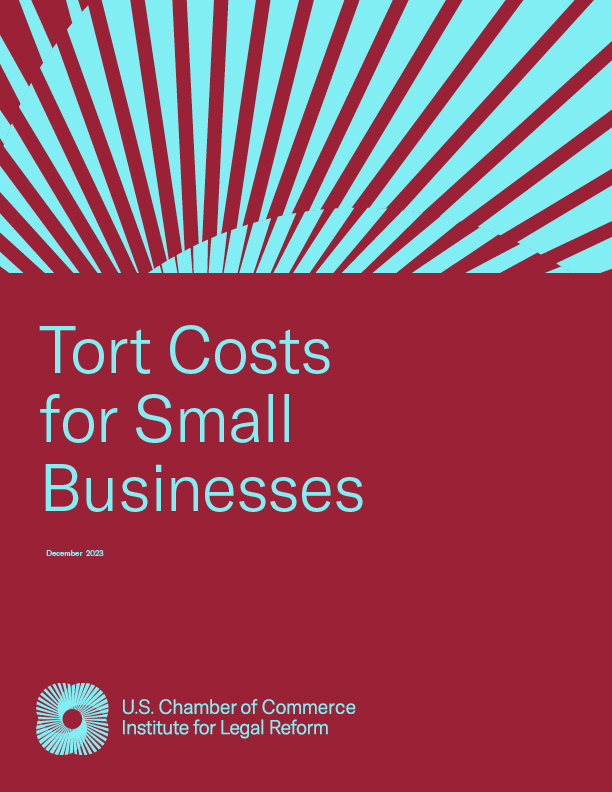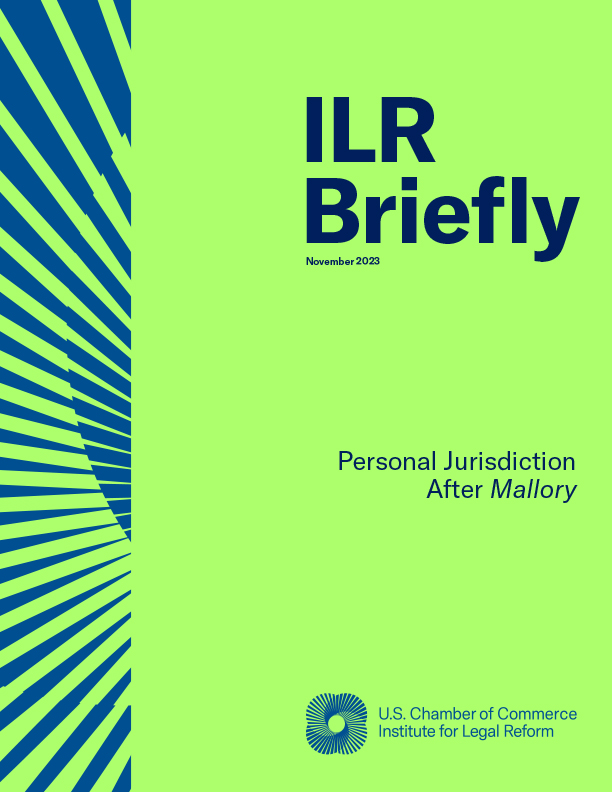The 2015 Lawsuit Climate Survey: Ranking the States was conducted for the U.S. Chamber Institute for Legal Reform to explore how fair and reasonable the states’ tort liability systems are perceived to be by U.S. businesses. These perceptions matter because they can be influential in business decisions about where to conduct/expand/constrict business operations or sales. Three quarters of the respondents in this survey (75%) report that a state’s litigation environment is likely to impact important business decisions at their companies such as where to locate or to do business. This is a significant increase from 70% in 2012 and 67% in 2010.
Participants in the survey were comprised of a national sample of 1,203 in-house general counsel, senior litigators or attorneys, and other senior executives who indicated they are: knowledgeable about litigation matters at companies with at least $100 million in annual revenues, and have recent (within the past four years) litigation experience in each state.
The 2015 ranking builds on previous years’ work where in nine prior surveys (beginning in 2002) all 50 states were ranked by those familiar with the litigation environment in that state. Prior to these rankings, information regarding the attitudes of the business world toward the legal systems in each of the states had been largely anecdotal.
Respondents were first screened for their familiarity with states, and those who were very or somewhat familiar with the litigation environment in a given state, were then asked to evaluate that state. It is important to remember that courts and localities within a state may vary a great deal in fairness and reasonableness. However, respondents had to evaluate the state as a whole. To explore the detailed nuances within each state was beyond the scope and purpose of this study. Other studies have demonstrated variability within a state. For example, several studies have documented very high litigation activity in certain county courts such as Madison County, Illinois, and Jefferson County, Texas, revealing that these counties have “magnet courts” that are extremely hospitable to plaintiffs. Thus, it is possible that some states received low grades due to the performance of one or two of their counties or jurisdictions. Of course, state evaluations could also have been raised by city or county court systems that perform very well.
The survey focuses on perceptions of the state liability system by asking respondents to grade the following elements:
- Overall treatment of tort and contract litigation
- Having and enforcing meaningful venue requirements
- Treatment of class action suits and mass consolidation suits
- Damages
- Timeliness of summary judgement or dismissal
- Discovery
- Scientific and technical evidence
- Judges’ impartiality
- Judges’ competence
- Juries’ fairness
Respondents assigned grades of A, B, C, D or F to each of these elements, and to their overall perception of these elements combined, and the rankings were developed from these grades.
To View the Full Report and Questionnaire Click Here
View PDF


